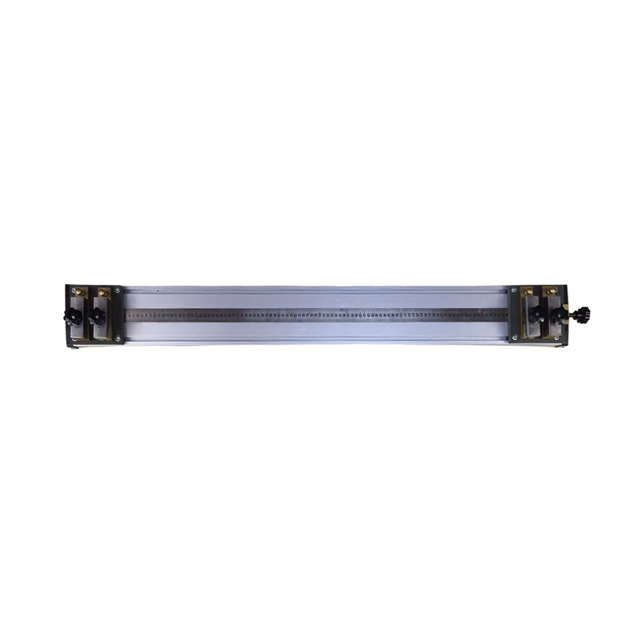cable bend test machine
Understanding the Cable Bend Test Machine A Key Tool for Cable Testing
In the world of electrical and electronic engineering, ensuring the reliability and performance of cables is paramount. One of the most critical aspects of cable testing is the bend test, which evaluates the durability and flexibility of cables under various bending conditions. The cable bend test machine plays a crucial role in this testing process, providing valuable insights into how well a cable can withstand repetitive bending without compromising its structural integrity.
The Importance of Cable Testing
Cables are essential components in numerous applications, from telecommunications and power distribution to consumer electronics. As technology advances, the requirements for cable performance are becoming more stringent. Cables must not only transmit data or power efficiently but also endure physical stresses encountered during installation and operation. This is where the cable bend test machine becomes invaluable.
The bend test helps manufacturers and engineers identify potential weaknesses in cable design, materials, and construction methods. By simulating real-world bending scenarios, the test can reveal how a cable will perform over time, which is crucial for ensuring long-term reliability and safety.
How the Cable Bend Test Machine Works
A cable bend test machine is specifically designed to apply controlled bending forces to cables under test. Typically, the machine consists of a mechanism that bends the cable at a predetermined radius and angle, often replicating the conditions a cable would face in practical applications.
1. Setup The cable is securely attached to the testing machine, ensuring that the ends are held tightly while allowing a section of the cable to be bent.
2. Bending Cycle The machine then initiates bending cycles at specified intervals. It can bend the cable in various directions—both in-plane and out-of-plane—mimicking the dynamic stress that cables experience in real usage.
3. Monitoring and Data Collection Throughout the testing process, the cable's response is monitored. Data is collected on parameters such as strain, temperature, and electrical conductivity. This data is critical for assessing the cable's performance and failure points.
4. Evaluation After the designated number of bends, the cable is evaluated for any signs of damage, such as insulation breaks, conductor breaks, or loss of electrical functionality. This information helps engineers understand how well the cable can withstand forces in real-world conditions.
cable bend test machine

Key Features of Cable Bend Test Machines
Modern cable bend test machines come equipped with advanced features that enhance testing efficiency and accuracy
- Programmable Bending Profiles Users can customize bending angles, speeds, and cycle counts to replicate specific conditions encountered by different cable types.
- Real-time Data Analysis Advanced software integration allows for real-time monitoring and analysis of the test data, which can be crucial for immediate decision-making.
- Safety Mechanisms These machines are designed with safety in mind, incorporating automatic shut-off features and emergency stops to prevent accidents during testing.
- Comprehensive Reporting After testing, detailed reports are generated, providing insights into performance metrics and potential areas for improvement in cable design.
Applications of Cable Bend Test Machines
Cable bend test machines are utilized in various industries, including telecommunications, automotive, aerospace, and consumer electronics. They play a vital role in the quality assurance processes of cable manufacturers, ensuring that their products meet industry standards and customer expectations. Moreover, they assist researchers and developers in creating new cable designs that can endure more demanding conditions.
Conclusion
In conclusion, the cable bend test machine is an essential tool in the cable testing industry. By simulating real-world bending scenarios, it helps manufacturers assess the durability and reliability of their cables. As the demand for high-performance cables continues to grow, the significance of bend testing will only increase, making the cable bend test machine a cornerstone of modern cable engineering and manufacturing processes. Through rigorous testing and evaluation, these machines contribute to the development of safer, more reliable cable systems that power our diverse technological landscape.
-
Why the Conductor Resistance Constant Temperature Measurement Machine Redefines Precision
NewsJun.20,2025
-
Reliable Testing Starts Here: Why the High Insulation Resistance Measuring Instrument Is a Must-Have
NewsJun.20,2025
-
Flexible Cable Flexing Test Equipment: The Precision Standard for Cable Durability and Performance Testing
NewsJun.20,2025
-
Digital Measurement Projector: Precision Visualization for Modern Manufacturing
NewsJun.20,2025
-
Computer Control Electronic Tensile Tester: Precision and Power for the Modern Metal Industry
NewsJun.20,2025
-
Cable Spark Tester: Your Ultimate Insulation Assurance for Wire and Cable Testing
NewsJun.20,2025
 Copyright © 2025 Hebei Fangyuan Instrument & Equipment Co.,Ltd. All Rights Reserved. Sitemap | Privacy Policy
Copyright © 2025 Hebei Fangyuan Instrument & Equipment Co.,Ltd. All Rights Reserved. Sitemap | Privacy Policy
